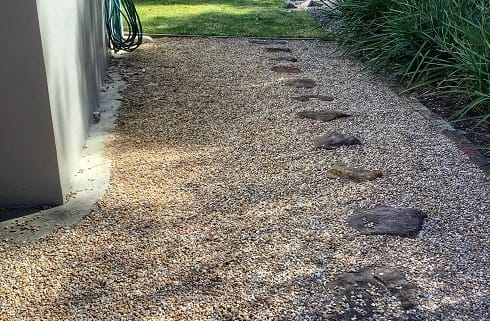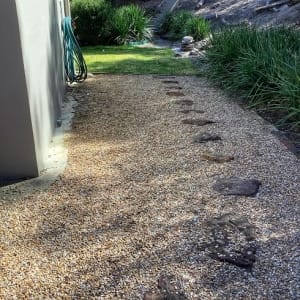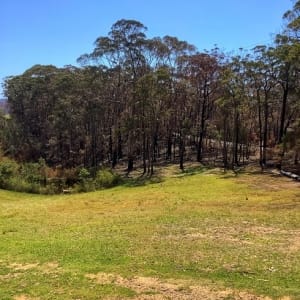Bushfire gardening
Plants are the primary source of fuel for a bushfire and, even though all plants burn, the location, arrangement and maintenance of vegetation within a garden has a bigger impact on how a bushfire will spread rather than the flammability of individual plants. The aim of bushfire gardening is to reduce radiant heat, prevent flame contact and minimise ember attack on the house. This can increase the likelihood of the house surviving a bushfire, even if your plan is to leave early.
A bushfire garden avoids having plants right up against the house and instead features non-flammable elements immediately adjacent to the dwelling, such as paths, driveways and paved areas. Beyond the house, if space allows, make an inner zone at least ten metres wide. Inside this zone, make any hard landscape features such as edging or retaining walls from non-combustible materials such as steel, concrete or stone. Flammable mulches should also be avoided here, in preference to groundcover plants or surface coverings such as gravel, scoria, pebbles, shells or recycled crushed bricks. 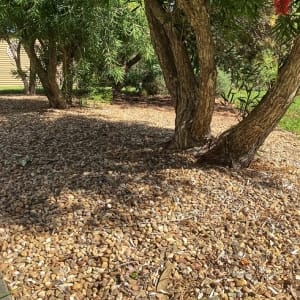
Any trees in the inner ten metre zone should be located at least 1.5 times their mature height away from the house. Lower branches should be pruned off to a height of at least two metres and their canopies should be clearly separated from other trees by several metres. Whilst groundcovers or non-combustible mulch may be located beneath them, avoid planting shrubs at their base. Shrubs can be planted within the inner ten metre zone but should be located at least four metres from the house and laid out in islands of small groupings with a separation distance between clumps at least double that of the clump size itself. A covering of mowed lawn or gravel pathways in between is advised.
Another ten metres beyond the inner ten metre zone, the vegetation may be slightly thicker and less managed, but not completely neglected. If the area is native vegetation, then the tree canopy should be thinned and undergrowth slashed into separated clumps semi-regularly throughout the year. If planted, the isolated clump arrangement outlined for the inner zone should be continued, but a higher planting density would be acceptable. The lawn might be mowed slightly higher and less often, although shrubs should still be avoided beneath trees and the trees should still have their branches removed up to a height of at least two metres. Any clumps of shrubs in this outer ten metre zone should be no larger than ten square metres and separated from each other by at least ten metres. Potentially combustible mulch and hard landscaping would be acceptable in this outer zone. 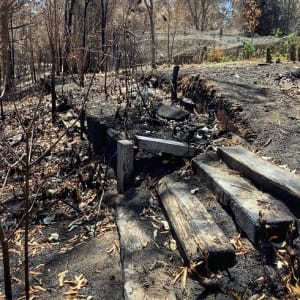
As a note of caution, whilst garden design and maintenance can improve the chances of a house surviving a bushfire, please do not rely on these measures alone. A holistic approach to bushfire preparation is critical, and the critical importance of other considerations such as an appropriate water supply, good access/egress, house construction and maintenance and the preparation of a Bushfire Survival Plan should not be ignored. In high bushfire risk areas, on Extreme and Catastrophic days leaving early is always the safest option to protect yourself and your family. To find out more visit the sections on how to prepare your property and landscaping on the Country Fire Authority (CFA) Victoria website.
Stay Safe.
